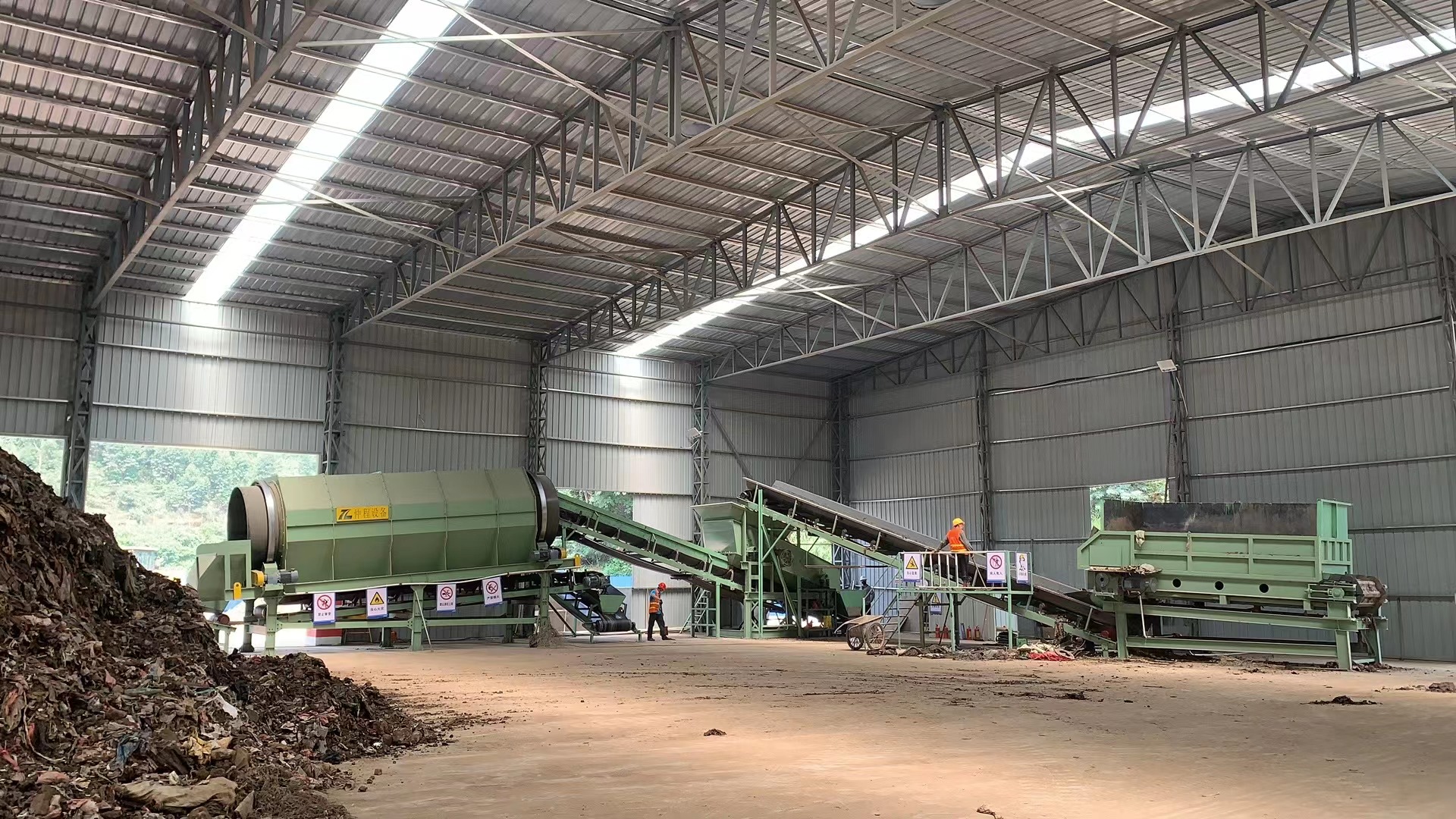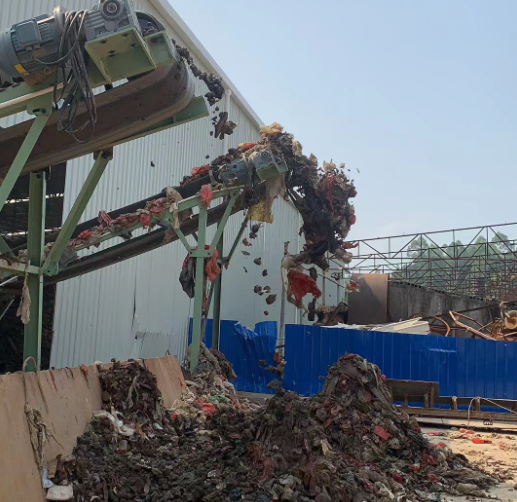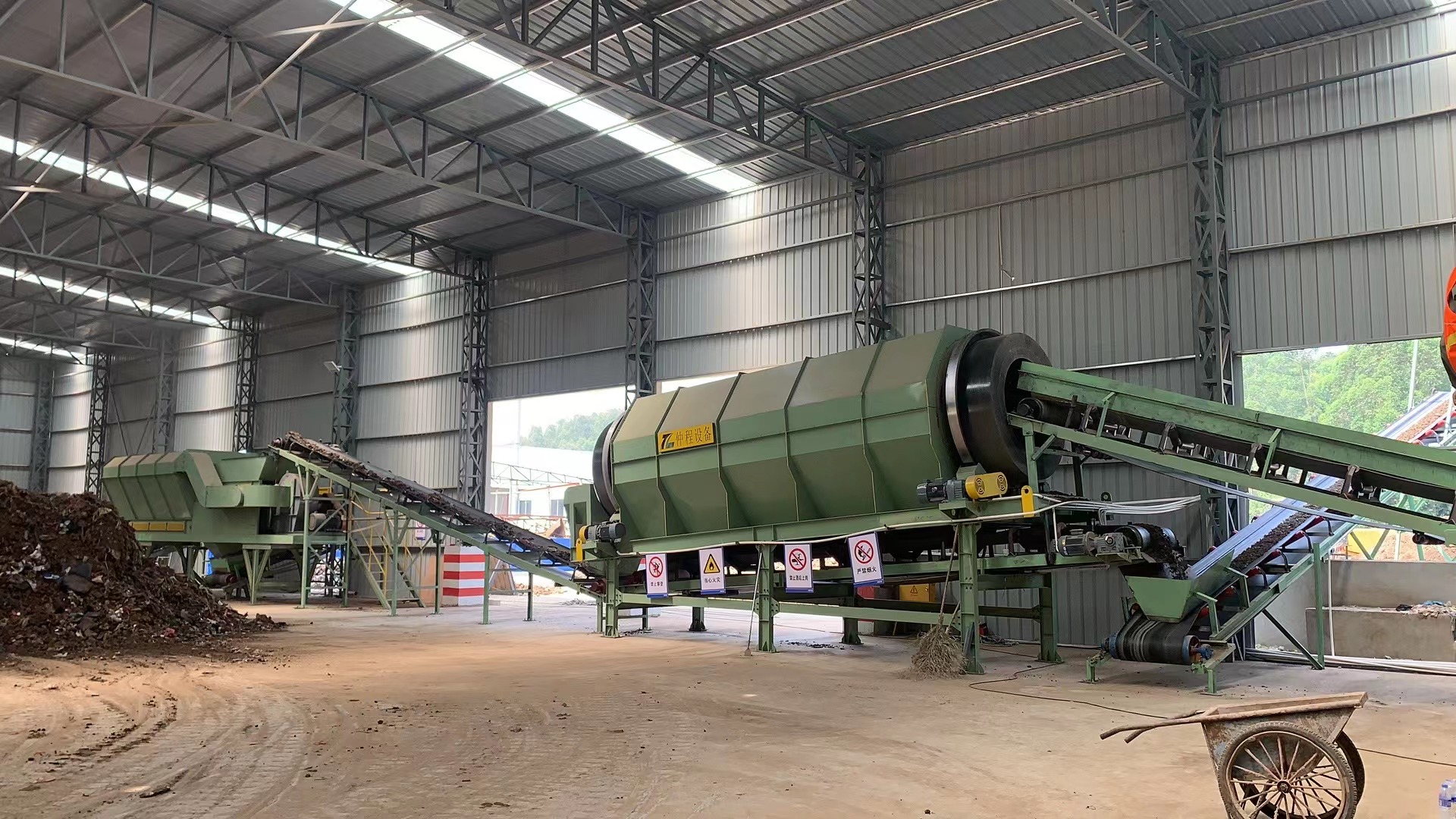The Importance of Waste Sorting Machines in Modern Waste Management
Waste management is an increasingly critical issue in today's world, where urbanization and industrialization are at their peak. The generation of waste has reached unprecedented levels, creating environmental, economic, and social challenges. Effective waste management strategies are essential to mitigate these issues, and one of the most promising solutions is the use of waste sorting machines. These machines play a crucial role in modern waste management by improving efficiency, enhancing recycling rates, reducing environmental impact, and contributing to a sustainable future.
Understanding Waste Sorting Machines
Waste sorting machines are sophisticated systems designed to segregate various types of waste materials, such as plastics, metals, glass, paper, and organic matter, into distinct categories. These machines use advanced technologies such as sensors, magnets, optical systems, and air jets to identify and separate materials based on their properties like size, weight, color, and material type.

Types of Waste Sorting Machines
Manual Sorting Lines: These involve human workers sorting waste materials by hand on a conveyor belt. While this method is labor-intensive, it allows for precise identification and separation of materials.
Automated Sorting Systems: These systems use advanced technologies to automate the sorting process, including:
- Optical Sorters: Use cameras and sensors to identify materials based on color and composition.
- Magnetic Separators: Separate ferrous metals using magnets.
- Eddy Current Separators: Use magnetic fields to separate non-ferrous metals.
- Air Classifiers: Use airflow to separate materials based on weight and density.
Robotic Sorting Systems: Advanced robotics technology uses artificial intelligence and machine learning to recognize and sort materials with high accuracy and speed.
Advantages of Waste Sorting Machines
1. Enhanced Recycling Rates
One of the primary benefits of waste sorting machines is their ability to improve recycling rates. By accurately separating recyclable materials from non-recyclables, these machines ensure that more materials are recycled and less waste ends up in landfills. This not only conserves natural resources but also reduces the environmental impact of waste disposal.
2. Increased Efficiency
Automated waste sorting systems significantly enhance the efficiency of waste management processes. Traditional manual sorting methods are time-consuming and prone to human error, leading to lower sorting accuracy and slower processing speeds. In contrast, waste sorting machines can process large volumes of waste rapidly and accurately, increasing the overall efficiency of waste management operations.
3. Reduced Environmental Impact
Proper waste sorting minimizes the environmental impact of waste disposal by reducing the amount of waste sent to landfills and lowering greenhouse gas emissions. Efficient sorting ensures that hazardous materials are correctly separated and disposed of, preventing contamination of soil and water resources. Additionally, by promoting recycling, waste sorting machines contribute to the reduction of energy consumption and emissions associated with the production of new materials.
4. Cost Savings
Investing in waste sorting machines can lead to significant cost savings for waste management companies and municipalities. These machines reduce the need for manual labor, lower transportation costs by reducing waste volume, and increase revenue through the sale of sorted recyclables. Over time, the initial investment in waste sorting technology can yield substantial financial benefits.
5. Contribution to a Circular Economy
Waste sorting machines play a vital role in supporting a circular economy, where materials are continuously reused and recycled rather than disposed of as waste. By facilitating the efficient separation of materials, these machines enable the recovery and reuse of valuable resources, reducing the demand for virgin materials and promoting sustainable production and consumption patterns.

Challenges and Considerations
While waste sorting machines offer numerous benefits, there are challenges and considerations to keep in mind:
1. High Initial Investment
The cost of purchasing and installing waste sorting machines can be high, especially for small and medium-sized waste management companies. However, the long-term benefits and cost savings often justify the initial investment.
2. Maintenance and Operational Costs
Waste sorting machines require regular maintenance to ensure optimal performance, which can incur additional operational costs. However, advancements in technology are leading to more durable and efficient machines that require less frequent maintenance.
3. Technological Limitations
While waste sorting machines are highly effective, they may face challenges when dealing with complex waste streams or materials with similar properties. Continuous advancements in technology are addressing these limitations, leading to more sophisticated and accurate sorting systems.
4. Training and Skill Requirements
Operating advanced waste sorting machines requires specialized training and skills. Companies must invest in training programs to ensure that their workforce can effectively operate and maintain these machines.
Future Trends in Waste Sorting Technology
The future of waste sorting technology is promising, with ongoing advancements driving innovation and improvement in waste management practices. Some emerging trends include:
1. Integration of Artificial Intelligence
Artificial intelligence (AI) is being increasingly integrated into waste sorting systems to enhance accuracy and efficiency. AI-powered machines can learn and adapt to different waste streams, improving sorting precision and reducing errors.
2. IoT and Data Analytics
The Internet of Things (IoT) and data analytics are being used to monitor and optimize waste sorting processes. IoT devices can provide real-time data on machine performance, waste composition, and operational efficiency, enabling data-driven decision-making.
3. Collaborative Robotics
Collaborative robotics, or cobots, are designed to work alongside humans in waste sorting facilities. These robots can handle repetitive tasks, improve sorting accuracy, and enhance worker safety.
4. Sustainable Design
Future waste sorting machines are expected to focus on sustainability, using eco-friendly materials and energy-efficient technologies to minimize their environmental footprint.

Conclusion
Waste sorting machines are transforming the landscape of modern waste management by providing efficient, accurate, and sustainable solutions for waste segregation. As the world faces increasing waste management challenges, the adoption of advanced sorting technologies is crucial for promoting recycling, reducing environmental impact, and supporting a circular economy. While challenges exist, the benefits of waste sorting machines far outweigh the drawbacks, making them an essential component of any comprehensive waste management strategy. As technology continues to evolve, waste sorting machines will play an even more significant role in creating a cleaner and more sustainable future.
-
 Trommel screenTrommel screen, also known as drum screens, are widely used in various industries for sorting and separating materials.Get Quote
Trommel screenTrommel screen, also known as drum screens, are widely used in various industries for sorting and separating materials.Get Quote -
 Crop straw double shaft shreddApplications:Biomass Energy Production: Shredded straw can be used as a feedstock for bioenergy plants to produce electricity or heat.Livestock Feed: Reduced-si...Get Quote
Crop straw double shaft shreddApplications:Biomass Energy Production: Shredded straw can be used as a feedstock for bioenergy plants to produce electricity or heat.Livestock Feed: Reduced-si...Get Quote -
 Zhongcheng Air Drum SeparatorAir drum separators effectively separate lightweight materials (e.g., plastics, paper) from heavier materials (e.g., metals, glass). This high efficiency is cru...Get Quote
Zhongcheng Air Drum SeparatorAir drum separators effectively separate lightweight materials (e.g., plastics, paper) from heavier materials (e.g., metals, glass). This high efficiency is cru...Get Quote
-
2023-01-12WindshifterWindshifter (Air Drum Separator ) is the ideal solution for separating all kind of waste types into two fractions, heavy and light. The robust construction and ...
-
2023-01-18Metal BalerMetal baler, specifically a hydraulic metal baler, is a machine designed to compress scrap metal into dense, manageable bales. This equipment is widely used in ...
-
2024-08-07Tire double shaft shredderOperation:Feeding: Whole or pre-cut tires are fed into the shredder through an inlet hopper.Shredding: As the tires enter the shredding chamber, the rotating cu...
-
2024-08-20A rubber double shaft shredderExamples of Specific Models:GDB Series Biomass Shredder: Although primarily designed for biomass materials, this model can also be configured to handle various ...
-
2024-06-08Five factors influencing the output of a drum screen.The input efficiency and separation efficiency of the drum screen are controlled by the screen hole size, drum screen diameter, rotation speed, baffle type and ...



